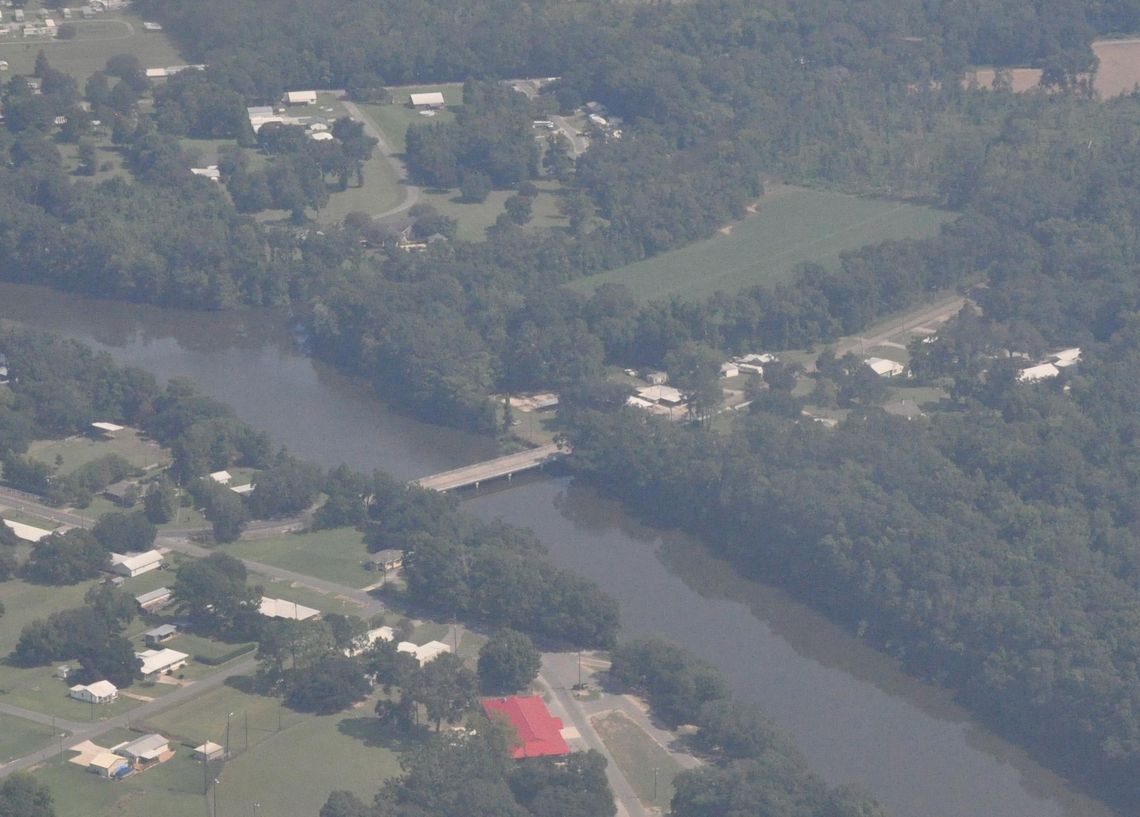
Silting of slow-moving waterways is a long-standing problem in South Louisiana. It can limit usefulness of previously popular recreational areas, impede access to camps and restrict storm water flow.
One of the more extreme examples of excess silting in St. Martin Parish is Catahoula Lake.
As discussed at the June 18 parish council meeting at the Catahoula Multi-Purpose Building, the long-needed dredging of the lake is turning into a test of wills pitting parish government against state and federal regulatory authorities.
Area residents remember a time when parts of Catahoula Lake were as deep as 100 feet. The widest, and formerly deepest part of the lake, north of the LA 96 bridge, has been reduced to a narrow channel.
Funds were set aside for St. Martin Parish’s share of the cost, engineering studies were completed, a suitable deposit site was secured for the dredging spoil and regulatory requirements were being negotiated.
However, a new series of hurdles has appeared and is testing the determination of parish officials anxious to see the project through.
The state Office of Historic Preservation is now requiring that a cultural survey be conducted to ensure that no culturally significant areas will be affected. A state-approved cultural survey company is being sought to conduct the research.
Parish President Chester Cedars said it is suspected that a prehistoric midden, or refuse site, may be in the area.
Also, a wetland determination ruling must be made to determine whether rules governing such work in those areas applies to this site. Cedars reported that a past finding showed the spoil deposit would not change the “use” of the agricultural land in question was made under rules that have now changed.
As currently interpreted, the land’s “use” would be changed even if the land is immediately returned to the same agricultural purpose as before. Cedars said various options are being explored to avoid the need for a wetland determination.
But according to Cedars, “Come hell or high water, the lake will be dredged. This is a safety issue and a watershed issue. We will do whatever is necessary.”

